#Musée des arts décoratifs Paris
Explore tagged Tumblr posts
Text
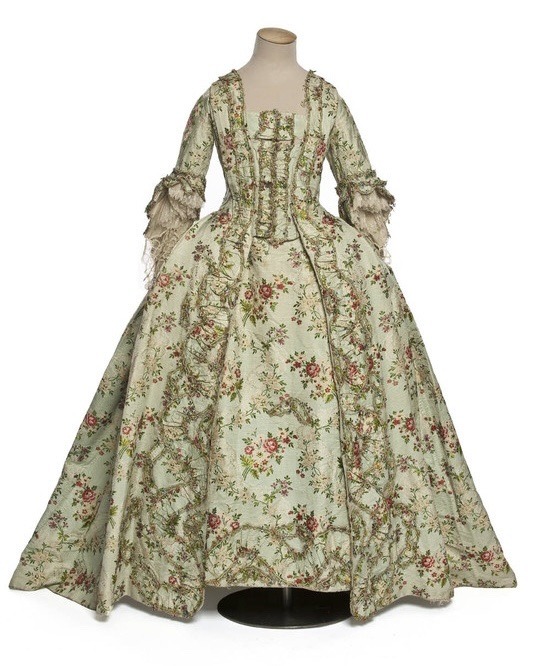
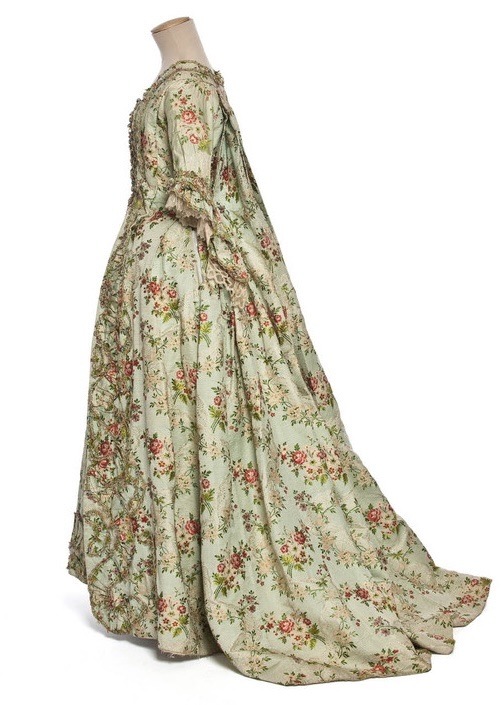
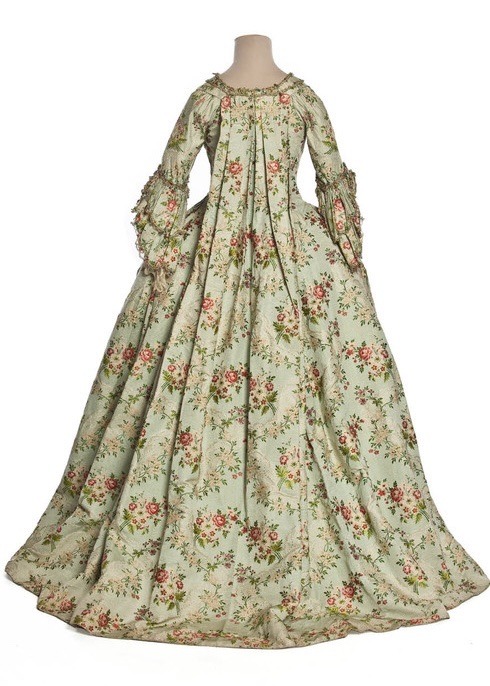
Pale Green Floral Taffeta Robe à la Française, 1760-1765, French.
Musée des Arts Décoratifs Paris.
#green#floral#womenswear#extant garments#dress#silk#18th century#french#France#1760s#1760#1760s france#1760s dress#mad paris#musée des arts décoratifs paris#reign: louis xv#1761#1762#1763#1764#1765#1760s extant garment
289 notes
·
View notes
Text

Thierry Mugler s'inspire des dessous d'hier Collection printemps-été 1992. Photo Guy Marineau
19 notes
·
View notes
Text
Années 80. Mode, design et graphisme en France - Musée des Arts Décoratifs Paris.
Années 80. Mode, design et graphisme en France - Musée des Arts Décoratifs Paris. #ausstellung #paris #frankreicih #achtzigerjahre #mode #design #graphik #mad
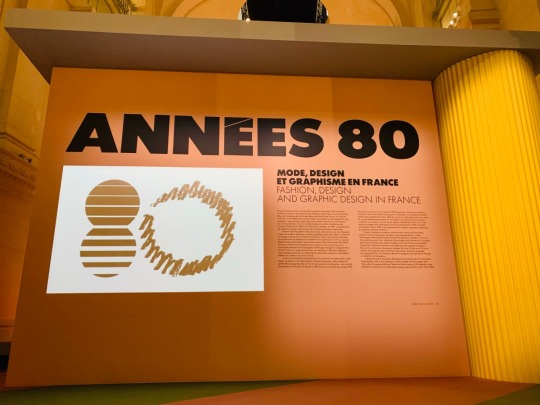
View On WordPress
#Achtziger Jahre#Années 80. Mode#Ausstellung#Design#design et graphisme en France - Musée des Arts Décoratifs Paris.#Exhibition#Frankreich#Graphik#Kritik#Kunst#MAD#Mode#Musée des arts décoratifs Paris#Museum#Paris#Rezension
0 notes
Text
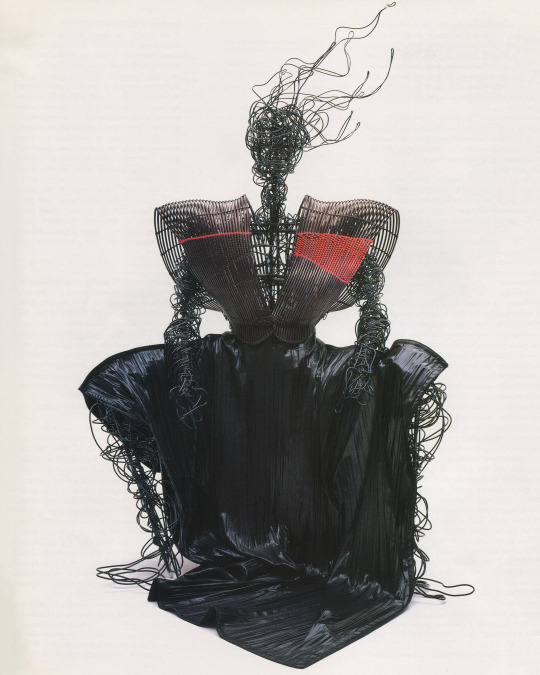
Sculpture for the exhibition 'Issey Miyake: A-ŪN' in Musée des Arts Décoratifs Paris, 1988 follow on Instagram for more
#Issey Miyake#Musée des Arts Décoratifs#Paris#1988#Issey Miyake: A-ŪN#exhibition#art#fashion#scan#ephemera#pamphlet
658 notes
·
View notes
Text
yesterday i went to see the exhibition "Intimacy : from the bedroom to social networks" at the Museum of Decorative Arts in Paris and I learned that the original french bidet was NOT invented to wash your ass it was invented so women could wash their parts ! and as it turns out privileged women generally had their servants do that work for them, there are illustrations of that practice...
also people in France used to just poop in front of people like it was nothing until well into the 18th century, like as long as you had a pot to poop in you could just do it in front of people apparently it was not that unusual, it could even happen in public spaces
#genuinely the room about toilets and modesty was the most fascinating one imo#but the exhibition wasn't just about that it went wayyy further it was much better than I expected#upthebaguette#musée des arts décoratifs#paris#france#bidet#bee tries to talk
16 notes
·
View notes
Text

Celia Kritharioti |Fall Winter 2023-24 Haute Couture
#celia kritharioti#fashion#fall 2023#runway#editorial#couture#signal boost#blaze🔥#paris fashion week#fashion show#pfw 2023#fall 2023 couture#haute couture#Musée des Arts Décoratifs
23 notes
·
View notes
Text
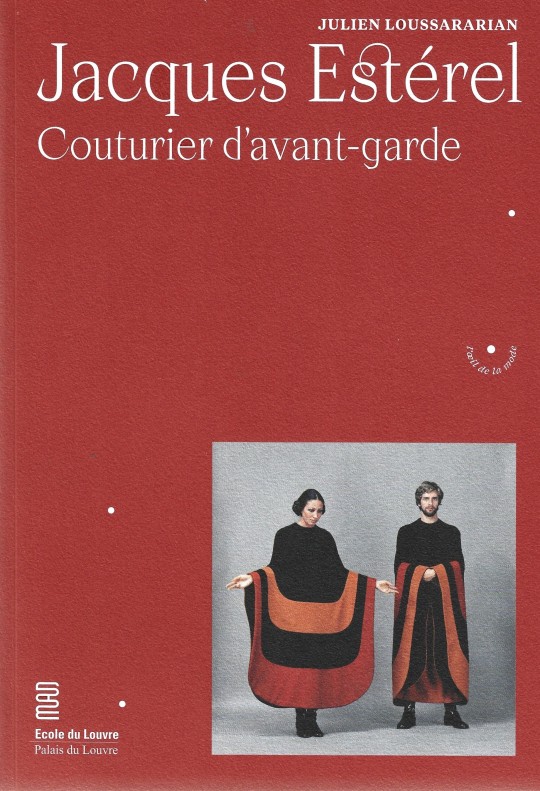
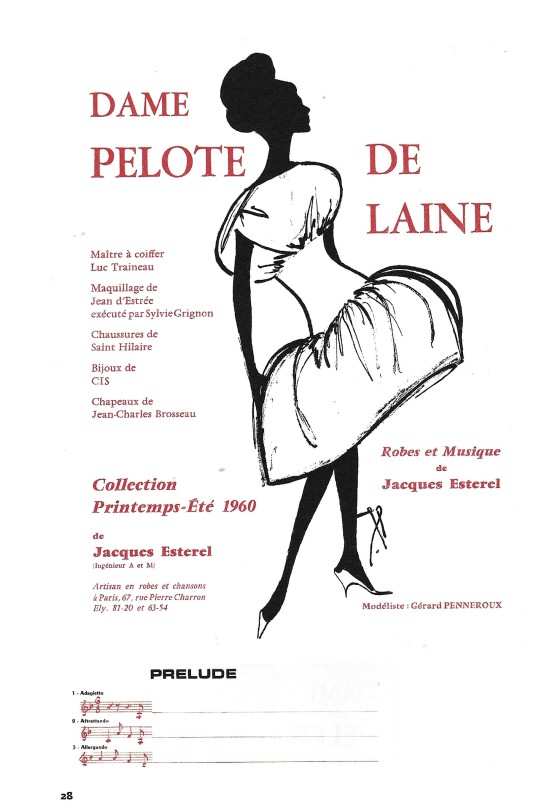
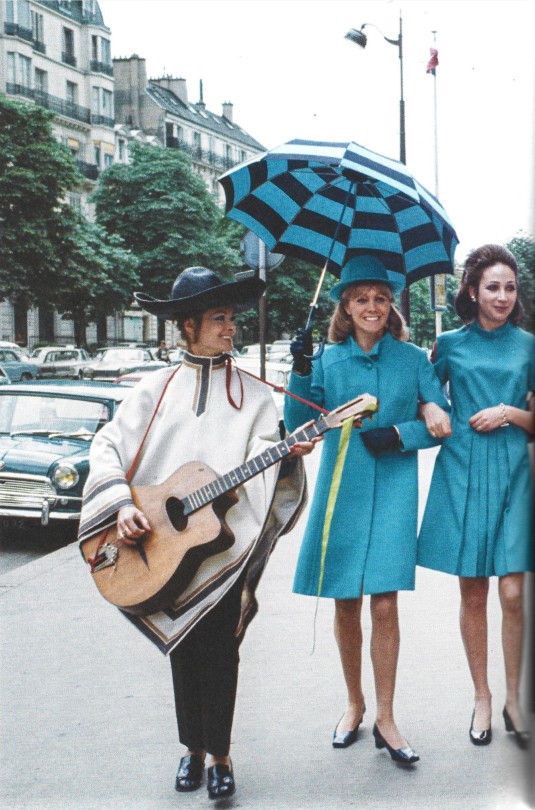
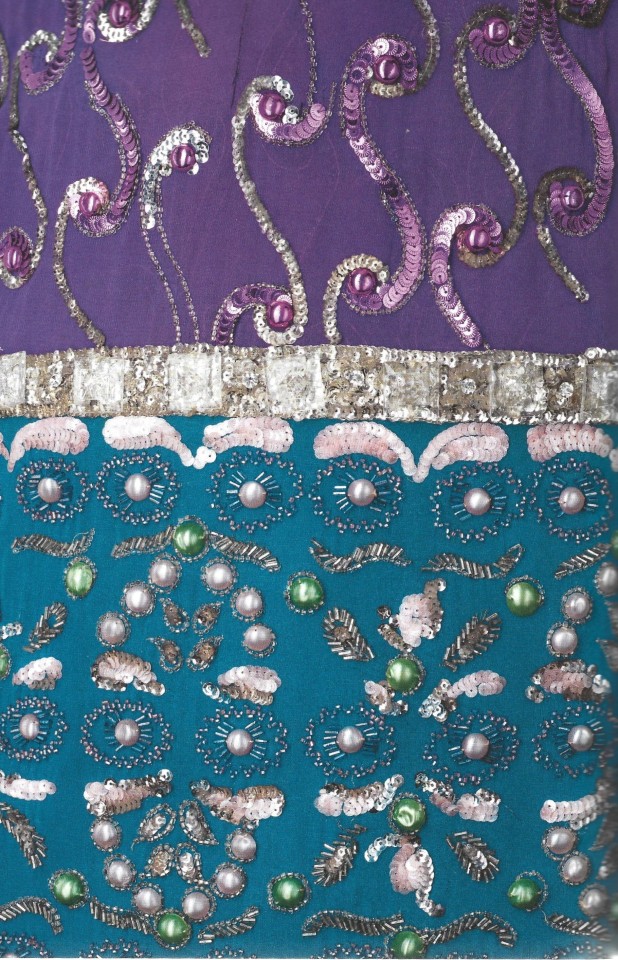
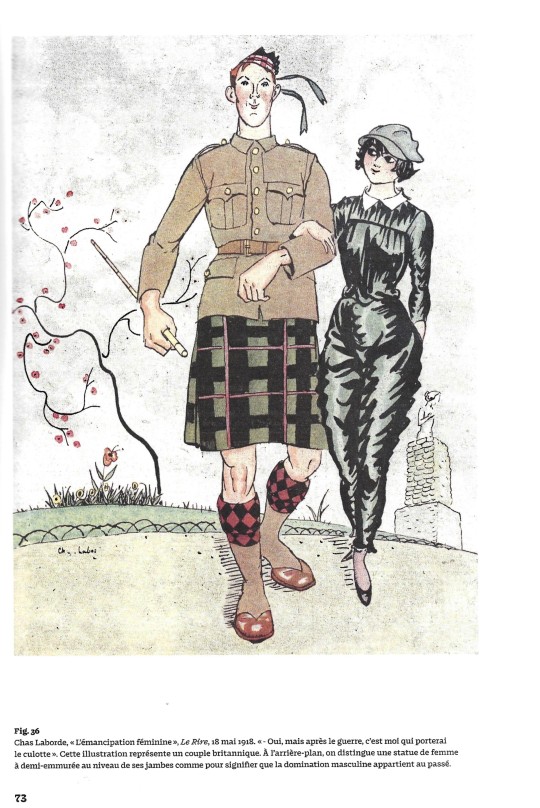
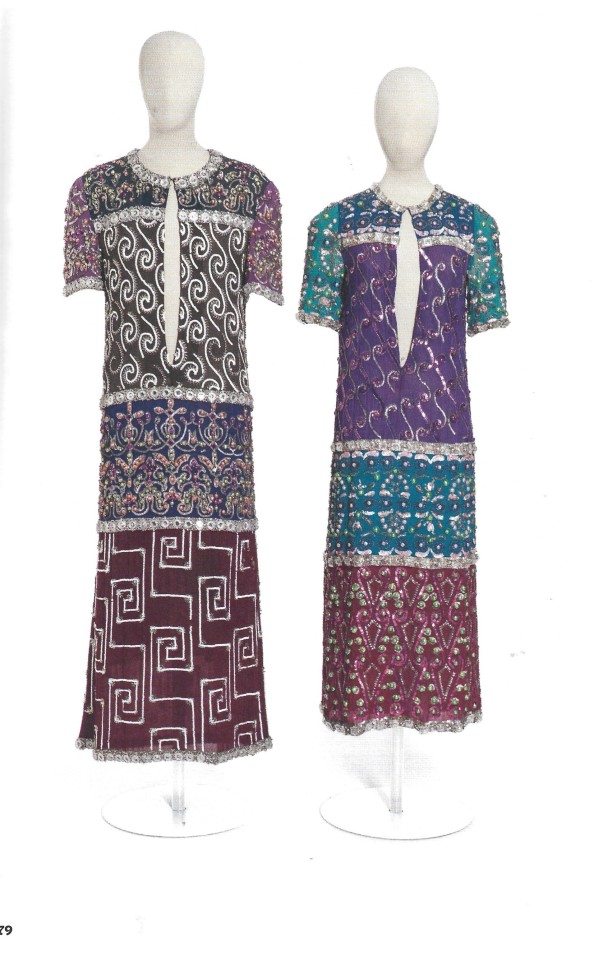
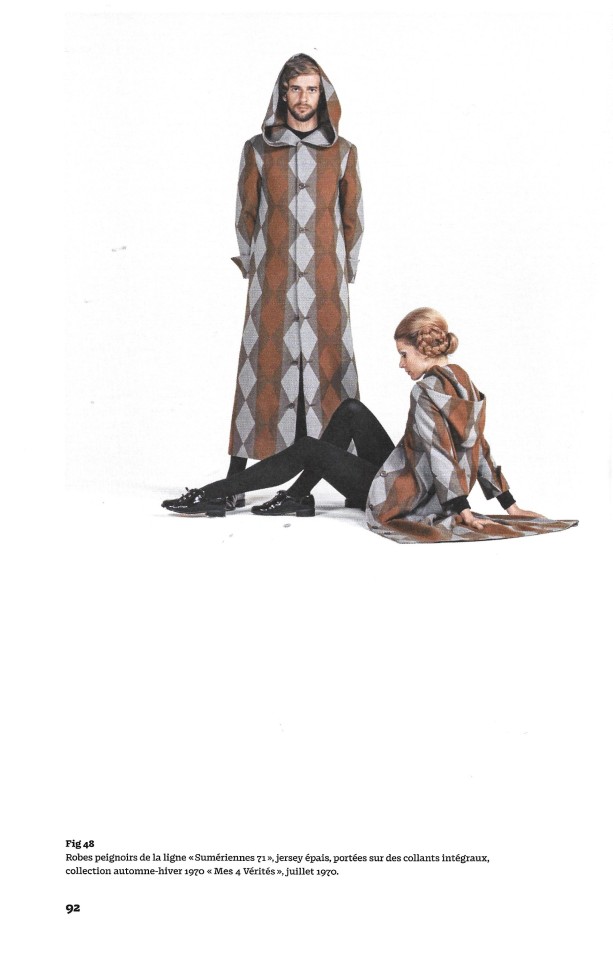

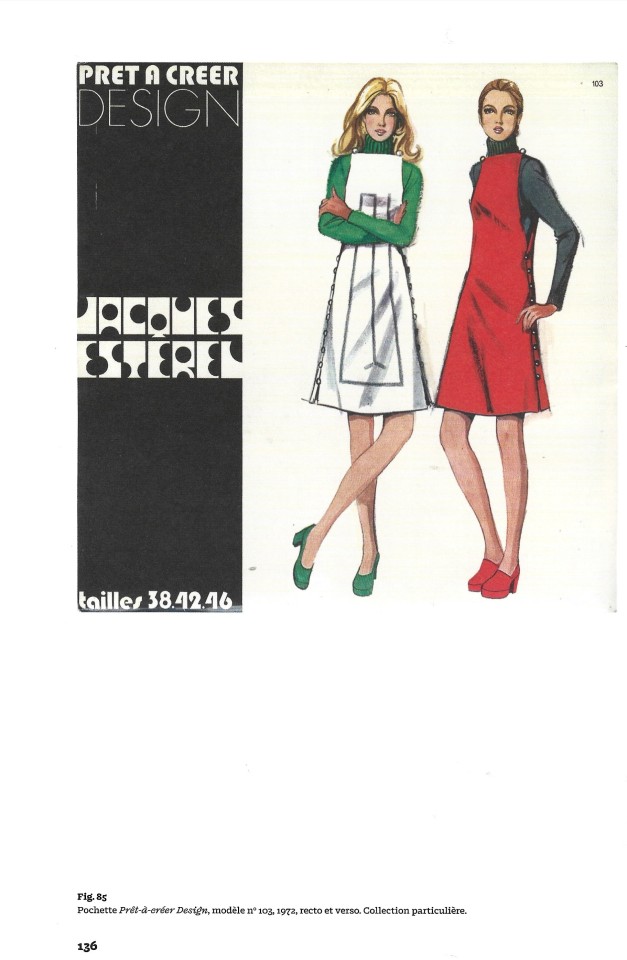

Jacques Estérel Couturier d'avant-garde
Julien Loussarian
Les Arts Decoratifs, Paris 2023, 192 pages, 17,2x24,5cm, ISBN 9782383140191
euro 45,00
Troisième numéro de la collection "L'Oil de la mode" éditée par la musée des Arts décoratifs en partenariat avec l'école du Louvre, ce livre propose de découvrir l'univers du couturier Jacques Estérel.
Aujourd’hui injustement tombé dans l’oubli, le parcours fascinant de Jacques Estérel, couturier né en 1917, a pourtant marqué les années 1950 à 1970. Cet ingénieur, auteur-compositeur et interprète à succès se lance dans la mode en 1953 en proposant des lignes qui séduisent rapidement la jeunesse de l’époque. Six ans plus tard, alors qu’il habille déjà des personnalités en vogue, il conçoit l’iconoclaste robe de mariée de Brigitte Bardot. Questionnant la représentation des genres, il introduit la jupe dans le vestiaire masculin dès la fin des années 1960, puis crée ses premières collections unisexes. Son approche singulière l’amène à reconsidérer la fonctionnalité du vêtement, imaginant notamment des tenues transformables, ou encore à personnaliser la consommation vestimentaire en diffusant ses pièces par l’intermédiaire de patrons. Cette étude approfondie dévoile l’univers d’un couturier polymorphe, dont le style a accompagné les évolutions sociétales de son temps.
24/11/23
#Jacques Estérel#fashion exhibition catalogue#Musée Art Décoratifs Paris 2023#L'oeil de la mode#couturier#fashion books#fashionbooksmilano
11 notes
·
View notes
Text
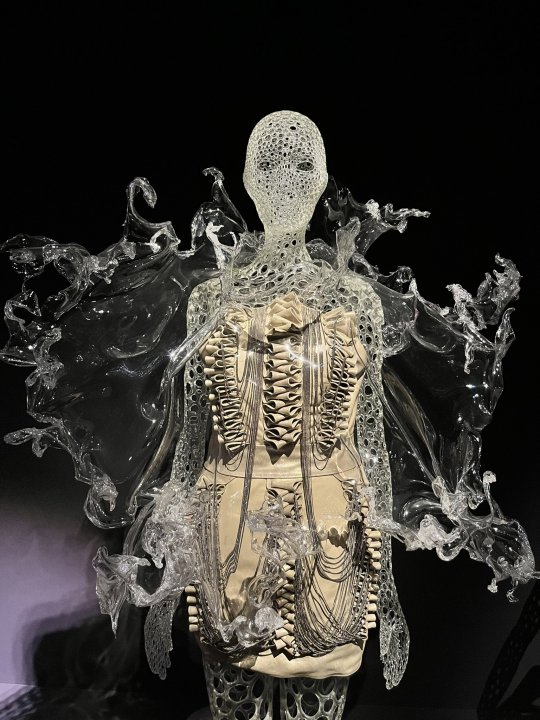
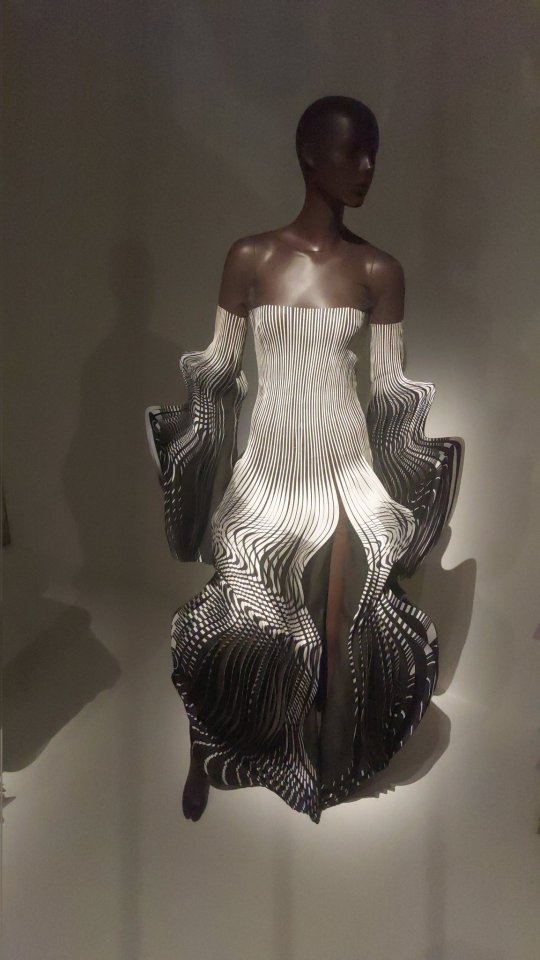
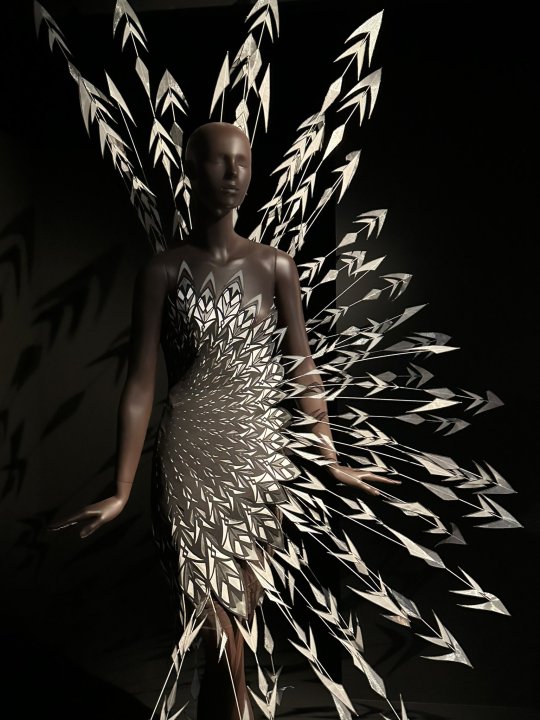
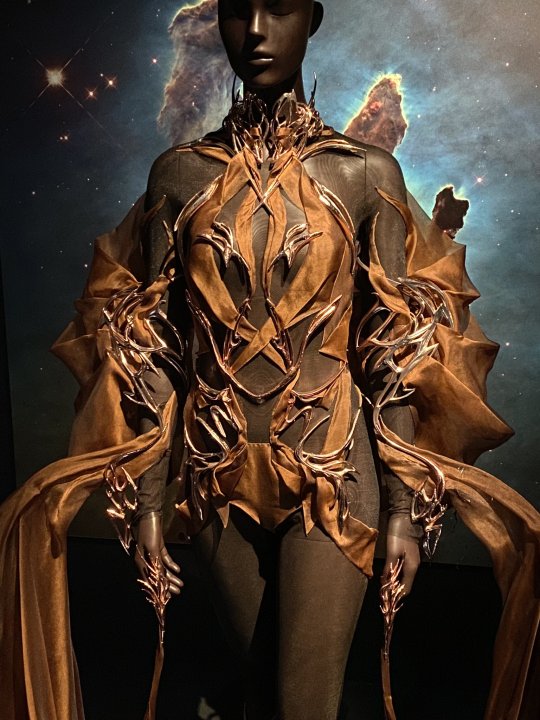
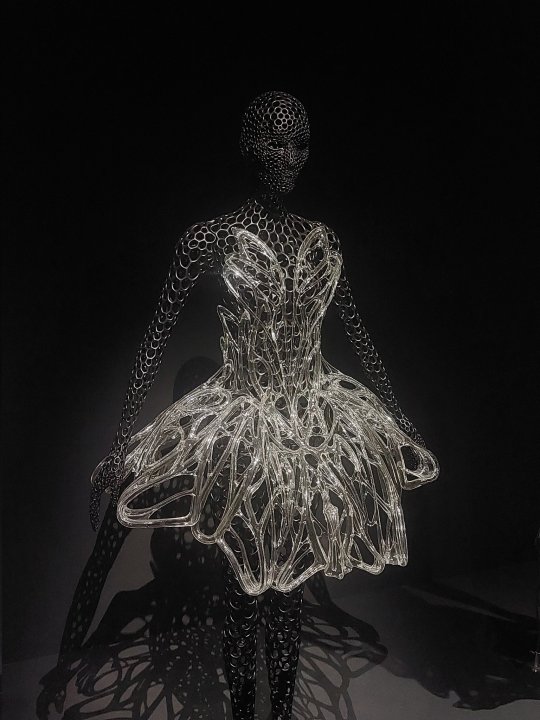

iris van herpen haute couture exhibition in musée des arts décoratifs, paris
963 notes
·
View notes
Text

Evening dress by Callot Soeurs , Paris, c. 1910.
Musée des Arts Décoratifs
58 notes
·
View notes
Text

July is National Watercolor month.
This beautifully painted watercolor sketch of a Turko-Persian ceramic plaque was created for L'art pour tous; encyclopédie de l'art industriel et décoratif, (Art for all: Encyclopedia of industrial and decorative art,) published in Paris between 1861-1906. It was done after Léon Parvillée, a French architect, ceramist, sculptor and decorator.
Watercolor sketch of a Turko-Persian ceramic plaque for L'Art Pour Tous copy after Parvillée, Léon, 1830-1885 [artist] Sauvageot, Louis Charles, French architect, 1842-1908 [artist] watercolor painting 24.8 x 31.2 cm 1869 Repository: Musée des Arts Décoratifs, Paris (Ville de Paris department, Île-de-France, France) HOLLIS number: 8001354921
This image is part of FAL’s Digital Images and Slides Collection (DISC), a collection of images digitized from secondary sources for use in teaching and learning. FAL does not own the original artworks represented in this collection, but you can find more information at HOLLIS Images.
#NationalWatercolorMonth#Watercolor#Sketch#DecorativeArt#HarvardFineArtsLibrary#FineArtsLibrary#Harvard#HarvardLibrary#DigitalImages
71 notes
·
View notes
Text

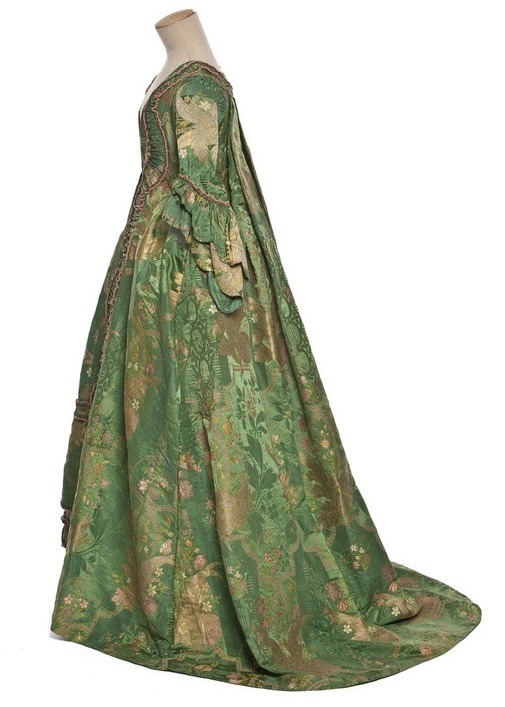
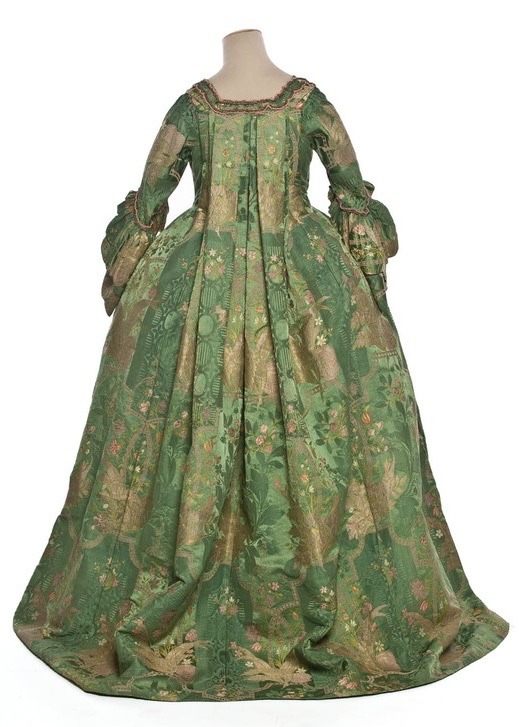
Green Silk Robe à la Française, ca. 1740, French.
Musée des Arts Décoratifs Paris.
#musée des arts décoratifs paris#green#silk#extant garments#womenswear#dress#18th century#robe à la française#1740#1740s#1740s dress#reign: louis xv#mad paris#1740s extant garment
278 notes
·
View notes
Text
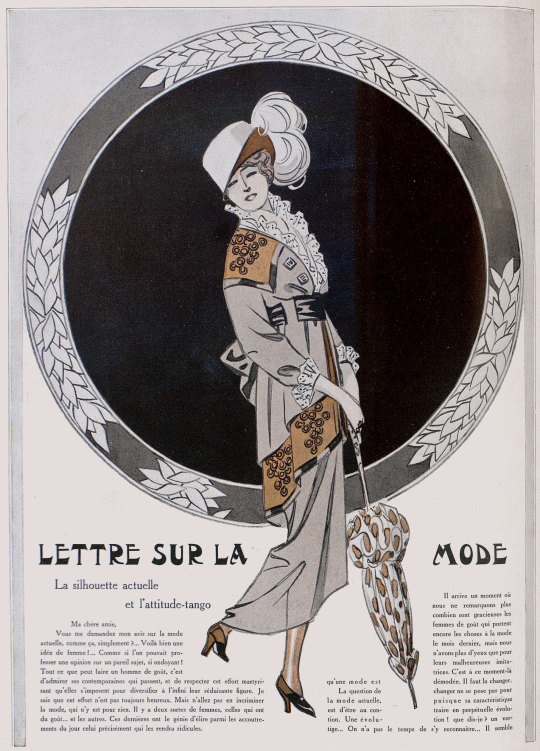
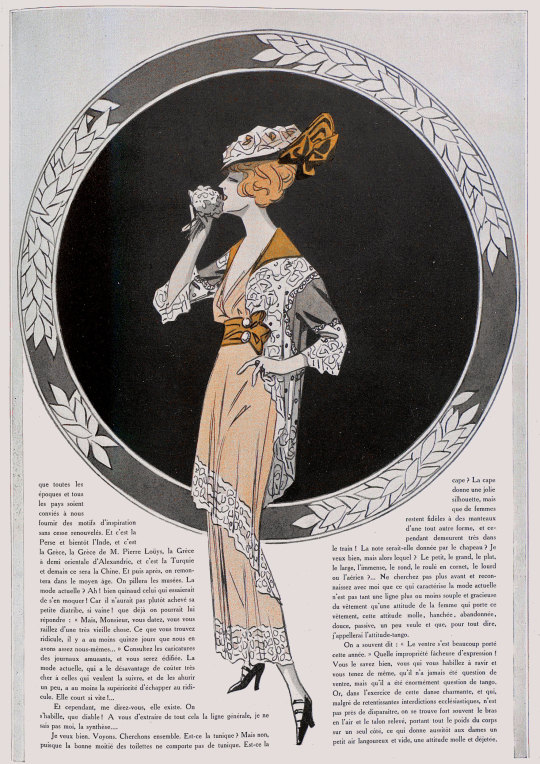
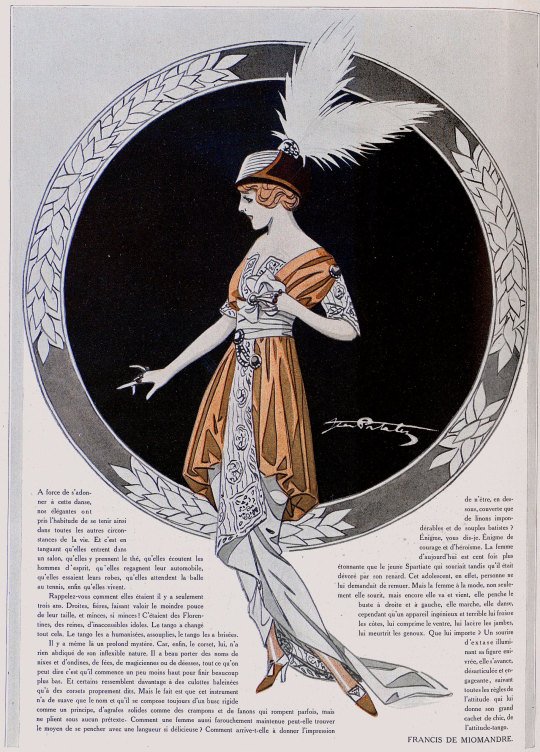
Les Modes : revue mensuelle illustrée des arts décoratifs appliqués à la femme, no. 163, juillet 1914, Paris. "Lettre sur la mode: La silhouette actuelle et l'attitude-tango." Francis de Miomandre. Bibliothèque nationale de France
English translation by Google Translate (and edited for relative clarity).
Ma chère amie,
Vous me demandez mon avis sur la mode actuelle, comme ça, simplement?… Voilà bien une idée de femme!… Comme si Fou pouvait professer une opinion sur un pareil sujet, si ondoyant! Tout ce que peut faire un homme de goût, c'est d'admirer ses contemporaines qui passent, et de respecter cet effort martyrisant qu'elles t'imposent pour diversifier à l'infini leur séduisante figure. Je sais que cet effort n'est pas toujours heureux. Mais n'allez pas en incriminer la mode, qui n'y est pour rien. Il y a deux sortes de femmes, celles qui ont du goût… et les autres. Ces dernières ont le génie d'élire parmi les accoutrements du jour celui précisément qui les rendra ridicules.
Il arrive un moment où nous ne remarquons plus combien sont gracieuses les femmes de goût qui portent encore les choses à la mode le mois dernier, mais nous n'avons plus d'yeux que pour leurs malheureuses imitatrices. C'est à ce moment-là qu'une mode est démodée. Il faut la changer.
La question de changer ne se pose pas pour la mode actuelle, puisque sa caractéristique est d'etre au contraire en perpétuelle évolution. Une évolution! que dis-je? un vertige… On n'a pas le temps s'y reconnaitre… Il semble que toutes les les pays soient conviés à nous fournir des motifs d'inspiration sans cesse renouvelés. Et c'est la Perse et bientôt l'Inde, et c'est la Grèce, la Grèce de M. Pierre Loüys, la Grèce à demi orientale d'Alexandrie, et c'est la Turquie et demain ce sera la Chine. Et puis après, on remontera dans le moyen âge. On pillera les musées. La mode actuelle? Ah! bien quinaud celui qui essaierait de s'en moquer! Car il n'aurait pas plutôt achevé sa petite diatribe, si vaine ! que déjà on pourrait lui répondre: « Mais, Monsieur, vous datez, vous vous raillez d'une très vieille chose. Ce que vous trouvez ridicule, il y a au moins quinze jours que nous en avons assez nous-mêmes… » Consultez les caricatures des journaux amusants, et vous serez édifiée. La mode actuelle, qui a le désavantage de coûter très cher à celles qui veulent la suivre, et de les ahurir un peu, a au moins la supériorité d'échapper au ridicule. Elle court si vite!…
Et cependant, me direz-vous, elle existe. On s'habille, que diable ! A vous d'extraire de tout cela la ligne générale, je ne sais pas moi, la synthèse…
Je veux bien. Voyons. Cherchons ensemble. Est-ce la tunique ? Mais non, puisque la bonne moitié des toilettes ne comporte pas de tunique. Est-ce la cape? La cape donne une jolie silhouette, mais que de femmes restent fidèles à des manteaux d'une tout autre forme, et cependant demeurent très dans le train! La note serait-elle donnée par le chapeau? Je veux bien, mais alors lequel? Le petit, le grand, le plat, le large, l'immense, le rond, le roulé en cornet, le lourd ou l'aérien?… Ne cherchez pas plus avant et reconnaissez avec moi que ce qui caractérise la mode actuelle n'est pas tant une ligne plus ou moins souple et gracieuse du vêtement qu'une attitude de la femme qui porte ce vêtement, cette attitude molle, hanchée, abandonnée, douce, passive, un peu veule et que, pour tout dire, j'appellerai l'attitude-tango.
On a souvent dit: « Le ventre s'est beaucoup porté cette année. » Quelle impropriété fâcheuse d'expression! Vous le savez bien, vous qui vous habillez à ravir et vous tenez de même, qu'il n'a jamais été question de ventre, mais qu'il a été énormément question de tango. Or, dans l'exercice de cette danse charmante, et qui, malgré de retentissantes interdictions ecclésiastiques, n'est pas près de disparaître, on se trouve fort souvent le bras en l'air et le talon relevé, portant tout le poids du corps sur un seul côté, ce qui donne aussitôt aux dames un petit air langoureux et vide, une attitude molle et déjetée.
A force de s'adonner à cette danse, nos élégantes ont pris l'habitude de se tenir ainsi dans toutes les autres circonstances de la vie. Et c'est en tanguant qu'elles entrent dans un salon, qu'elles y prennent le thé, qu'elles écoutent les hommes d'esprit, qu'elles regagnent leur automobile, qu'elles essaient leurs robes, qu'elles attendent la balle au tennis, enfin qu'elles vivent.
Rappelez-vous comment elles étaient il y a seulement trois ans. Droites, fières, faisant valoir le moindre pouce de leur taille, et minces, si minces ! C'étaient des Florentines, des reines, d'inaccessibles idoles. Le tango a changé tout cela. Le tango les a humanisées, assouplies, le tango les a brisées.
Il y a même là un profond mystère. Car, enfin, le corset, lui, n'a rien abdiqué de son inflexible nature. Il a beau porter des noms de nixes et d'ondines, de fées, de magiciennes ou de déesses, tout ce qu'on peut dire c'est qu'il commence un peu moins haut pour finir beaucoup plus bas. Et certains ressemblent davantage à des culottes baleinées qu'à des corsets proprement dits. Mais le fait est que cet instrument n'a de suave que le nom et qu'il se compose toujours d'un buse rigide comme un principe, d'agrafes solides comme des crampons et de fanons qui rompent parfois, mais ne plient sous aucun prétexte. Comment une femme aussi farouchement maintenue peut-elle trouver le moyen de se pencher avec une langueur si délicieuse? Comment arrive-t-elle à donner l'impression de n'être, en dessous, couverte que de linons impondérables et de souples batistes? Énigme, vous dis-je. Enigme de courage et d'héroïsme. La femme d'aujourd'hui est cent fois plus étonnante que le jeune Spartiate qui souriait tandis qu'il était dévoré par son renard. Cet adolescent, en effet, personne ne lui demandait dé remuer. Mais la femme à la mode, non seulement elle sourit, mais encore elle va et vient, elle penche le buste à droite et à gauche, elle marche, elle danse, cependant qu'un appareil ingénieux et terrible lui froisse les côtes, lui comprime le ventre, lui lacère les jambes, lui meurtrit les genoux. Que lui importe ? Un sourire d'extase illuminant sa figure enivrée, elle s'avance, désarticulée et engageante, suivant toutes les règles de l'attitude, qui lui donne son grand cachet de chic, de l'attitude-tango.
—
My dear friend,
You ask me my opinion on current fashion, just like that?… That's a woman's idea!… As if Fou could profess an opinion on such a subject, so undulating! All a man of taste can do is admire his passing contemporaries, and respect this tormenting effort that they impose on you to infinitely diversify their seductive figure. I know that this effort is not always successful. But don't blame fashion, which has nothing to do with it. There are two kinds of women, those who have taste… and those who don't. The latter have the genius to choose from among the outfits of the day precisely the one that will make them look ridiculous.
There comes a time when we no longer notice how graceful the women of taste are who still wear fashionable things last month, but we only have eyes for their unfortunate imitators. That’s when a fashion goes out of fashion. It needs to be changed.
The question of changing does not arise for current fashion, since its characteristic is, on the contrary, to be in perpetual evolution. An evolution! what did I say? a dizziness… We don't have time to relate… It seems that all countries are invited to provide us with constantly renewed sources of inspiration. And it is Persia and soon India, and it is Greece, the Greece of Mr. Pierre Loüys, the semi-eastern Greece of Alexandria, and it is Turkey and tomorrow it will be China. And then afterwards, we will go back to the Middle Ages. We will loot the museums. Current fashion? Ah! very stupid anyone who tries to make fun of it! Because he would not have sooner finished his little diatribe, so vain! that one could already reply to him: “But, Sir, you are dating, you are making fun of a very old thing. What you find ridiculous, we have had enough of it ourselves for at least a fortnight…" Look at the caricatures in the amusing newspapers, and you will be edified. Current fashion, which has the disadvantage of being very expensive for those who want to follow it, and of bewildering them a little, at least has the superiority of escaping ridicule. She runs so fast!…
And yet, you will tell me, it exists. Let's get dressed, damn it! It's up to you to extract the general line from all this, I don't know, the synthesis…
I don't mind. Let's see. Let's search together. Is it the tunic? But no, since a good half of the toilets do not have a tunic. Is it the cape? The cape gives a pretty silhouette, but how many women remain faithful to coats of a completely different shape, and yet remain very in tune! Would the score be given by the hat? I'm willing, but which one? The small, the large, the flat, the wide, the immense, the round, the rolled into a cone, the heavy or the airy?… Look no further and agree with me that what characterizes current fashion is not so much a more or less supple and graceful line of the garment as an attitude of the woman who wears this garment, this soft, hip, abandoned, gentle, passive, a little spineless attitude and which, to tell the truth, I'll call it attitude-tango.
It has often been said: “The stomach has worn a lot this year." What an unfortunate impropriety of expression! You know well, you who dress beautifully and carry yourself the same, that it was never a question of stomach, but that it was very much a question of tango. Now, in the exercise of this charming dance, which, despite resounding ecclesiastical prohibitions, is not about to disappear, one very often finds oneself with one's arm in the air and one's heel raised, carrying the entire weight of one's body, on one side only, which immediately gives the ladies a little languorous and empty air, a limp and lopsided attitude.
By devoting themselves to this dance, our elegant ladies have gotten into the habit of holding themselves like this in all other circumstances of life. And it is while swaying that they enter a salon, that they take tea there, that they listen to men of wit, that they return to their car, that they try on their dresses, that they wait the tennis ball, finally let them live.
Remember how they were just three years ago. Straight, proud, showing off every inch of their waist, and thin, so thin! They were Florentines, queens, inaccessible idols. Tango changed all that. Tango humanized them, softened them, tango broke them.
There is even a deep mystery there. Because, finally, the corset has not abdicated any of its inflexible nature. It may bear the names of nixes and undines, fairies, magicians or goddesses, all we can say is that it starts a little lower and ends much lower. And some look more like boned panties than actual corsets. But the fact is that this instrument is sweet only in name and that it always consists of a nozzle as rigid as a principle, of solid staples like crampons and of baleen which sometimes break, but do not bend under any circumstances. Pretext. How can such a fiercely held woman find a way to bend over with such delicious languor? How does it manage to give the impression of being, underneath, covered only with imponderable lawns and soft cambric? Enigma, I tell you. Riddle of courage and heroism. The woman of today is a hundred times more astonishing than the young Spartan who smiled as he was devoured by his fox. This teenager, in fact, no one asked him to move. But the fashionable woman not only smiles, but also comes and goes, she leans her bust to the right and to the left, she walks, she dances, while an ingenious and terrible device crumples her ribs, compresses her stomach, lacerates his legs, bruises his knees. What does it matter to him? A smile of ecstasy illuminating her intoxicated face, she advances, disjointed and engaging, following all the rules of attitude, which gives her her great stamp of chic, of the tango attitude.
#Les Modes#20th century#1910s#1914#periodical#fashion#fashion plate#color#illustration#essay#bibliothèque nationale de france#dress#Francis de Miomandre#july color plates
59 notes
·
View notes
Photo
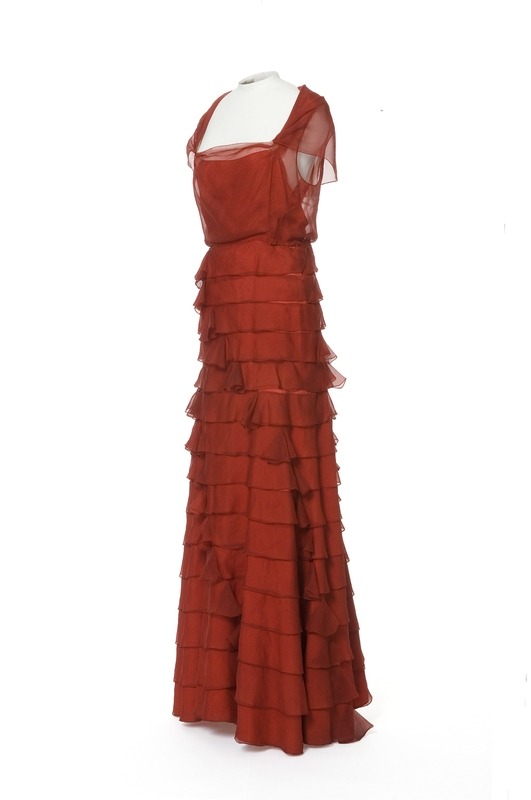
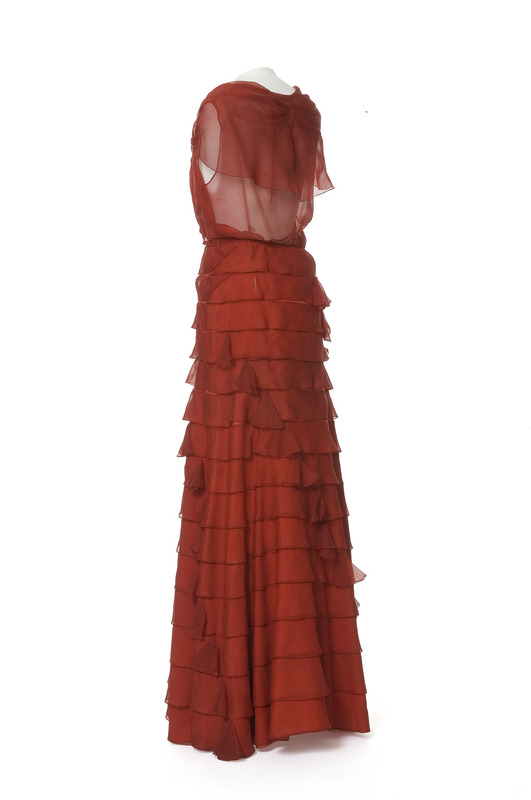

1935-1939 Evening dress by Jean Patou (France)
silk organdie, silk pongee underdress
(Musée des Arts Décoratifs, Paris)
406 notes
·
View notes
Text
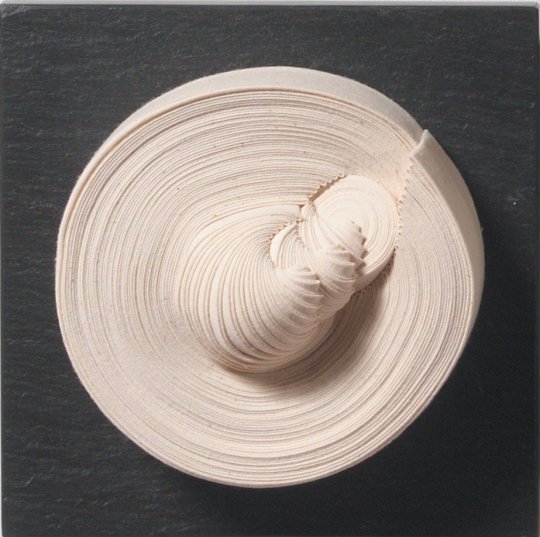


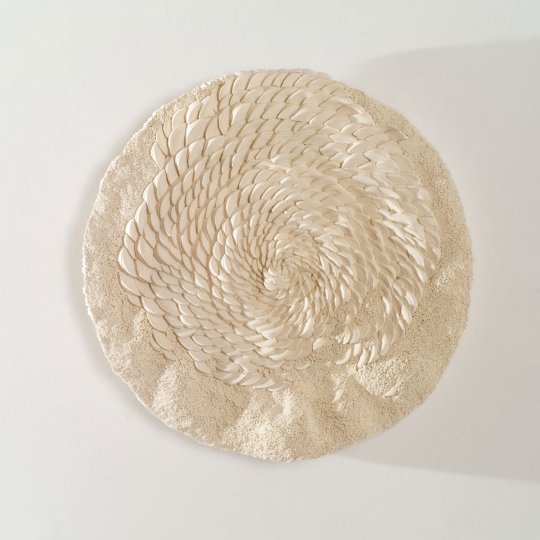
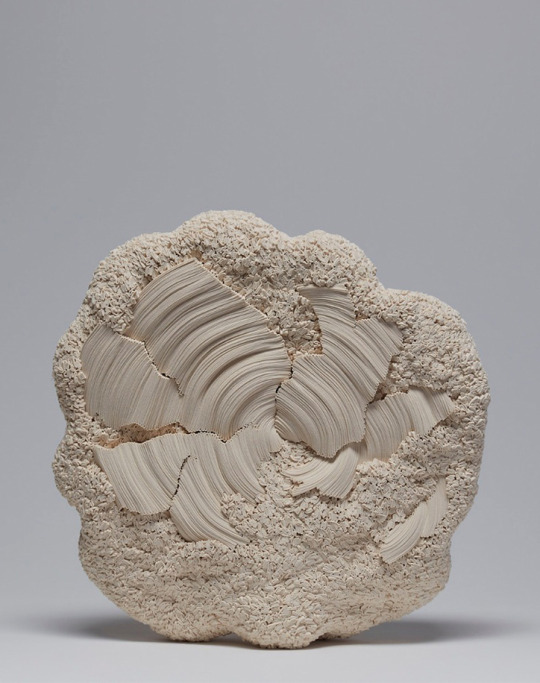
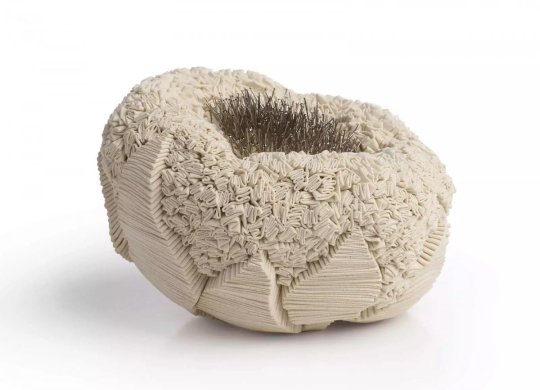




Simone Pheulpin (born 1941 in Nancy) is a French textile artist and textile sculptor.
As a child, Simone Pheulpin learned about a material used to make car tires while playing in the textile factories in the Vosges. It was only many years later that this material, a robust, undyed fabric made of raw cotton, became an essential element and basis for her visual arts work.
In the 1970s, Pheulpin began working with textiles as an autodidact. Her creations consist of kilometers of fabric strips and countless pins. Her technique is based on the careful and repeated folding of unbleached, rough cotton strips. By evenly and closely stacking very thin layers of fabric, which are held on the back by hundreds of pins and are not visible, unique pieces with a special effect are created. The technique is original and was developed by Pheulpin herself.
Simone Pheulpin draws inspiration for her textile sculptures and textile pictures from nature; her forms are sometimes reminiscent of coral, sometimes of moss, tree bark or an imaginative universe. The strangeness of the works designed in this way is puzzling. Her works are artistically complex and precisely executed, sophisticated and mystical at the same time. If you don't look closely, you'll mistake the material for stone or other solid materials.
Pheulpin has been working as a textile artist since the 1970s, but her work was initially denigrated as “handcraft.” Since 1987, her textile artworks have been exhibited worldwide in galleries, at festivals, biennials and design museums.
In 2018, Simone Pheulpin was one of the 30 nominees for the Loewe Foundation's Craft Prize. She received a special mention in the jury's decision. Pheulpin had redefined "what we mean by textiles. She has elevated humble recycled materials into something truly remarkable."
Her works have been included in public collections including the Musée des Arts décoratifs in Paris , the Victoria and Albert Museum in London, and the Chicago Art Institute.
32 notes
·
View notes
Note
Was Couthon's wheelchair a common type of wheelchair at the time?
I had a hard time finding any mention being made of how rare Couthon’s chair was even in works specifically dedicated to it (Couthon's bath-chair in volume 2 of Romances of the French Revolution(1909) by G. Lenotre, l’Infirmité de Couthon in volume 3 of Le cabinet secret de l'histoire (19..) by Augustin Cabanès). I also had trouble finding many conserved/images of 18th century wheelchairs. The four I did manage to find do however look quite similar to the wheelchair today conserved at Musée Carnavalet. All five are for example equipped with three wheels:
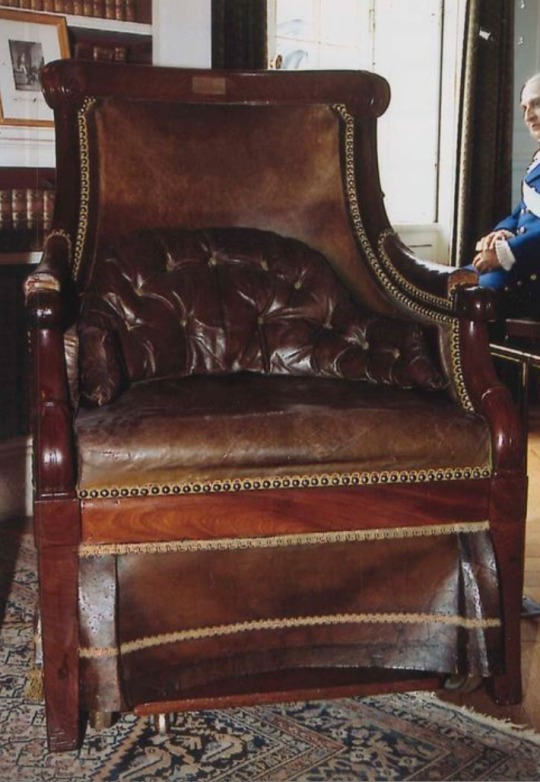
Wheelchair used by Louis XVIII, contructed somewhere between 1815 and 1824. The following description is given over it:
This mahogany armchair covered in green leather is mounted on three copper wheels (two at the front and one at the back) fixed on metal uprights hidden under the seat. A crank at the rear allows the wheels to be locked. It has a removable padded cushion.

Wheelchair from the time of Louis XV. Following description is given:
In molded, carved and dark cane beech, steel and bronze, equipped with a mechanism allowing it to move forward and turn by means of two cranks, on the back of the backrest is stamped twice 'MIGEON', the tile and the cuffs of yellow velvet.

Wheelchair from around 1700-1710, today conserved at Musée des Arts décoratifs in Paris:
Sick chair equipped with three notched wheels moved by two cranks.

18th century wheelchair

Couthon’s wheelchair, conserved at Musée Carnavalet:
…a seat on a rectangular frame with a board at the front to rest the feet and equipped with three wheels.
40 notes
·
View notes
